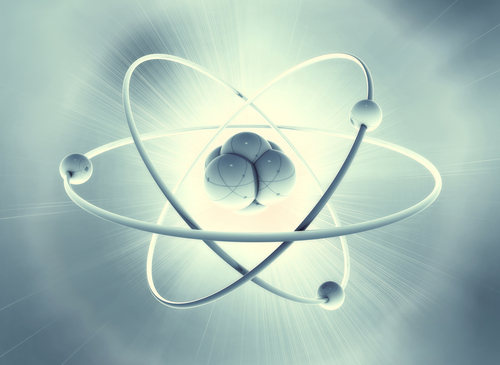Have you ever seen a piece of potassium reacting with water?
.png)
It's a pretty spectacular result - the potassium bursts into flames - purple flames in fact!
The word equation is:
Potassium + Water → Potassium hydroxide + Hydrogen
If we knew the mass of the potassium before the experiment, the mass of water that it reacted with, and the mass of the potassium hydroxide in the product, we could work out how much hydrogen gas has also been produced. It's just basically a little maths equation.
Potassium + Water → Potassium hydroxide + Hydrogen
5 g + 20 g → 15 g + ?
The mass of hydrogen produced would be 25 g - 15 g = 10 g
As you can see, the mass of the two substances before is the same as the substances produced! This is called the Law of Conservation of Mass.

If we were able to look a bit closer at what's actually going on at the atomic level, we would see that when a chemical reaction takes place, atoms in a starting substance rearrange themselves and join back together to form a new substance. But, the number of atoms will still be the same before and after the reaction.
Let's look at some examples.......








